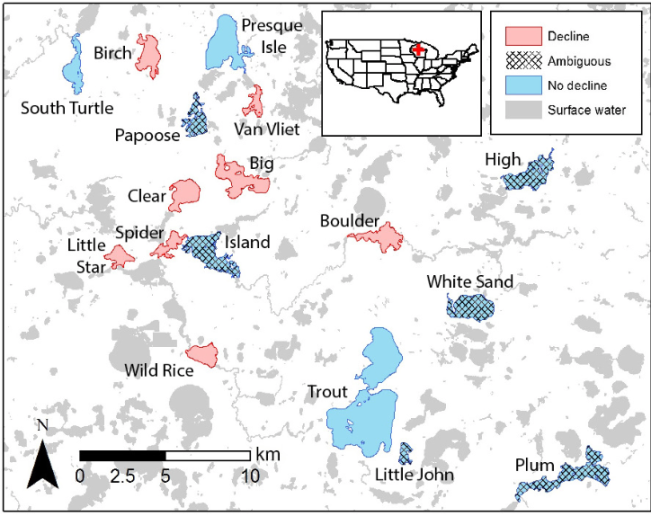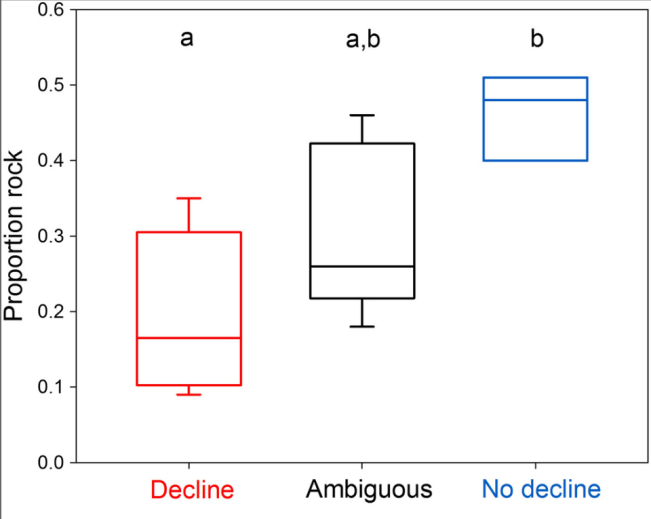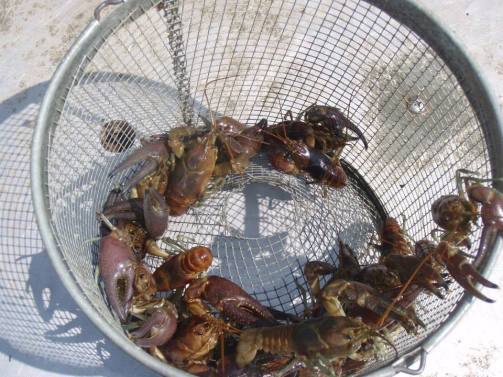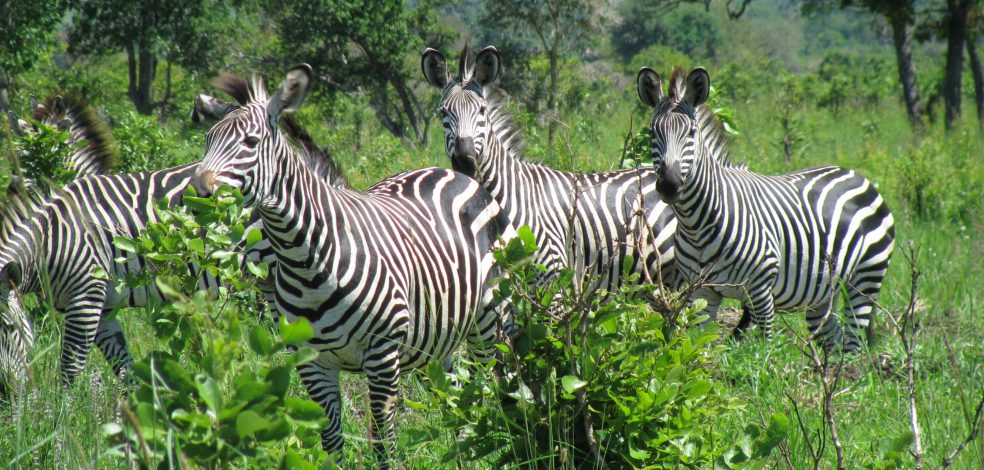One important feature of a biological invasion is that invaders can change an entire ecosystem in a substantial way. A possible outcome of this change is that, in theory, an invasive species could inadvertently make an ecosystem less suitable as a habitat for itself. Does this happen, and if so, under what circumstances? One reason invasive species are so successful is that they usually can increase in population size very quickly. Ecologists have discovered that species with the potential to increase very quickly may also have the potential to decline equally rapidly and then increase again, going through repeated boom-bust cycles of population size. Thus if an invasive species starts to decline, it does not always mean that this decline will continue over time. Consequently, monitoring a biological invasion for only a few years may give a misleading picture of long-term prognosis for the invasive species and the ecosystem.
Eric Larson was able to address these problems when he began his postdoctoral research with David Lodge at the University of Notre Dame in 2014. Lodge (and John Magnuson before him) has studied the rusty crayfish (Faxonius rusticus) invasion in 17 northern Wisconsin lakes since the 1970s, using the same bait (beef liver) and the same traps on the same days each year.

Crysta Gantz prepares to bait a trap with beef liver, which the crayfish love, but she – not so much! Credit: Eric R. Larson.
Three graduate students (the other co-authors of the paper) had continued data collection and done extensive mapping of the lake bottoms. When Larson joined the research program he had about 40 years of data and 17 well-described lakes. He knew that rusty crayfish were declining in some lakes and not others, and he and his colleagues were ready to explore whether these declines could be tied in to some environmental variable that the crayfish were influencing in some lakes, but not others.

Allequash Lake. Credit Eric R. Larson
As an avid fisherman (more in my mind than in actuality), I have, on many occasions, caught a nice bass only to have it regurgitate the contents of its stomach, which usually includes bits of crayfish. As it turns out, predacious fish such as bass love to eat crayfish, and crayfish are more likely to survive in environments that provide hiding places such as rocks or luxurious macroalgae that grow in sand or muck. The problem is that crayfish enjoy dining on macroalgae, so they can do themselves a disservice by eating their shelter from predators, effectively changing their environment so that their invasion is no longer sustainable. Does this actually happen?

Two rusty crayfish discuss the issues of the day. Credit: Eric R. Larson.
Larson and his colleagues continued collecting data on 17 lakes, and used their long-term data set to evaluate whether rusty crayfish populations were not declining (steady or increasing), declining or occupying an ambiguous gray zone where there was no clear trend in how the population was changing. The analysis showed that three lakes were not declining since the rusty crayfish invasion, eight lakes had declined substantially and six lakes were ambiguous.

The researchers turned their attention to the lake-bottom substrate. Were rusty crayfish more successful in rocky bottom lakes that gave them continuous predator protection? Their analysis indicated that the three lakes where the invasion was going strong had the rockiest substrate, while the eight lakes experiencing population declines after the rust crayfish invasion were significantly less rocky.

Proportion rocky substrate in lakes whose rusty crayfish populations are in decline (red), have an ambiguous trend (black) or are not in decline (blue). The horizontal line within each box is the median value, box bottom and top are 25th and 75th percentile, and whiskers are the 10th and 90th percentile. Non-overlapping letters above the bars (a and b) indicate significant differences between the groups.
The researchers conclude that in the absence of rocky substrate, the rusty crayfish is eating the aquatic macrophytes that grow from the sandy lake bottom, thereby exposing itself to predators. Larson and his colleagues recommend simultaneous surveys of crayfish populations and density of aquatic macrophytes to see whether lakes may oscillate between states dominated by one or the other.

Captured crayfish. Photo Eric R. Larson
Researchers want to know how commonly invasive species modify habitat in a self-destructive way. A literature review of invasive species declines failed to find much evidence, but there are not enough long-term data sets to get a sense of how frequently this occurs. The problem is that researchers need to monitor the invasive species population and the relevant habitat variables for an extended time period. The jury is still out on this question and only time (and careful data collection) will tell.
note: the paper that describes this research is from the journal Ecology. The reference is Larson, E. R., Kreps, T. A., Peters, B., Peters, J. A., and Lodge, D. M. 2019. Habitat explains patterns of population decline for an invasive crayfish. Ecology 100( 5):e02659. 10.1002/ecy.2659. Thanks to the Ecological Society of America for allowing me to use figures from the paper. Copyright © 2019 by the Ecological Society of America. All rights reserved.

Again an eye-opening choice and nice framing for the paper. I hadn’t really thought that successful invaders might actually make the habitat less good for themselves (in which case, selection could kick in) or that a steady cyclic process might occur. ck ________________________________________
LikeLike
The question being, how commonly does this occur, and secondly, how often to invasive species shift the ecosystem to a new stable state, so that it can’t shift back even if the invasive species crashes.
LikeLike